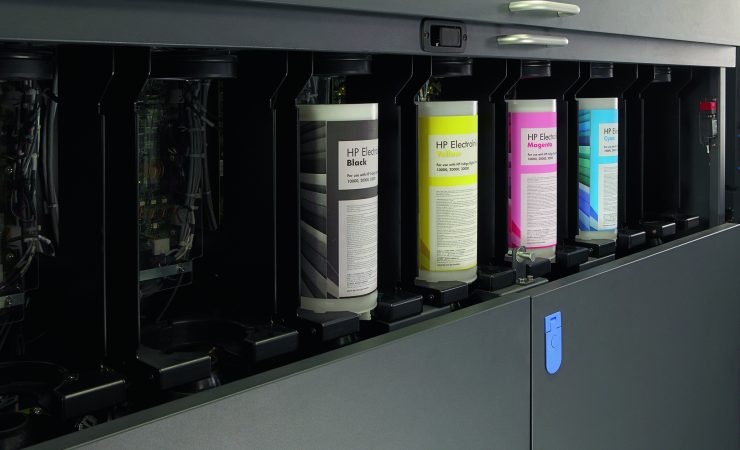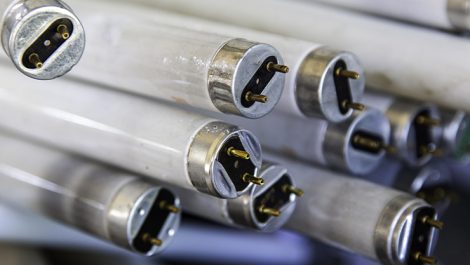Last year we wrote in a Verdigris blog that HP Indigo inks are compostable. HP Indigo has since advised us that this is not the case. Although the prints are compostable, the inks are not and this is an important distinction. The inks will eventually biodegrade but biodegradation is not a controlled process, so how long it takes is unclear. This is an important part of the difference between compostability and biodegradeability.
Compostability is a subset of biodegradeability. Biodegradation takes place over time and without any particular controls. Everything will eventually biodegrade although it might take some time, as is the case for glass which requires one million years. Compostability is subject to deliberate actions such as controlling the composting conditions, time, temperature and other factors. The compost can be in a heap at the bottom of the garden, or in a dedicated container. It might be located where it is exposed to the weather and extremes of heat or cold. The compost and its bin might be exposed or sheltered from the elements, so that the process takes more or less time. And the compost might be left alone or regularly stirred up to improve the decomposition process. How you manage the composting process depends on the results you want.
Either way, printed matter can still be readily recycled because it can be deinked and the pulped fibres reused. Over the last thirty years rising quantities of digitally printed papers have been entering the recycling supply chain and this trend will continue. Volumes of prints produced using flexography are also growing as flexo inks and plate production become less environmentally hostile and the process more efficient. Migration of work from rotogravure to flexography is happening all over the world, and deinking processes are improving so that prints from all printing methods can be recycled.
As the market changes, the composition of waste papers sent for recycling changes too, leading to advances in recyclate processing. New deinking methods such as two and three loop deinking are improving recycling processes to avoid printed matter being sent to landfill or incineration. Many paper mills across the globe are using modern deinking systems in order to create raw materials from waste paper.
More interestingly pulp makers are looking into ways to use recycled printed matter as the basis for products other than paper. This includes such things as composite materials and carbon fibres. Print is not going to disappear soon, and how it is produced is no barrier to paper recycling and fibre reuse.
– Laurel Brunner
This article was produced by the Verdigris Project, an industry initiative intended to raise awareness of print’s positive environmental impact. This weekly commentary helps printing companies keep up to date with environmental standards, and how environmentally friendly business management can help improve their bottom lines. Verdigris is supported by the following companies: Agfa Graphics, EFI, Fespa, Fujifilm, HP, Kodak, Miraclon, Ricoh, Spindrift, Splash PR, Unity Publishing and Xeikon.





